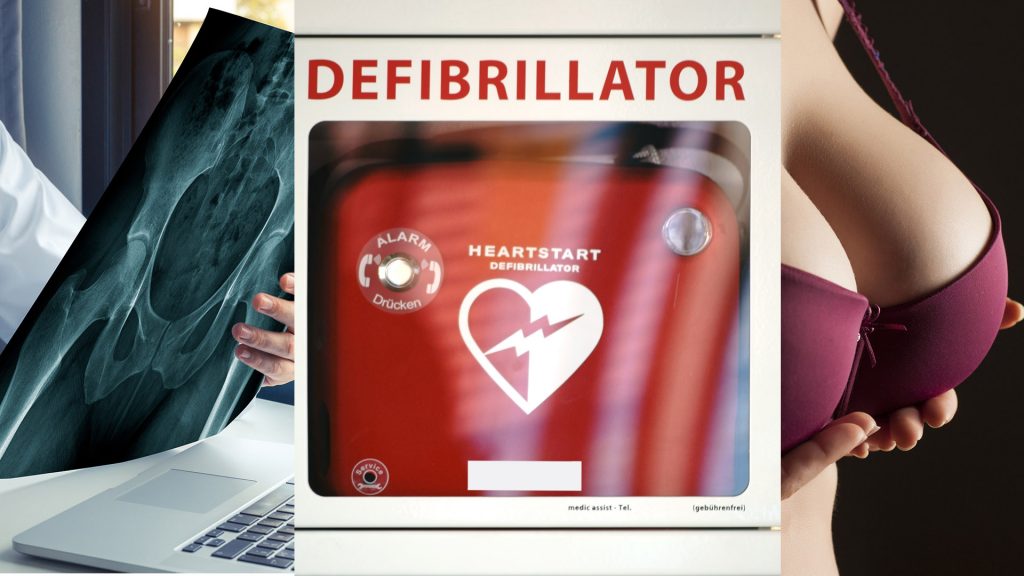
You’re not alone if you’ve never heard of “Alternative Summary Reporting.” It’s been around for decades, and the FDA has decided to finally end what many considered to be a reckless, even dangerous practice that has allowed medical device manufacturers to hide malfunctions of their devices from the public.
The FDA has specific requirements for medical device reporting (MDR), and every year the FDA receives hundreds of thousands incidents of suspected device-associated deaths, injuries, and malfunctions. One section of the FDA rules and regulations regarding medical devices requires “the submission of an individual MDR when a manufacturer becomes aware of information, from any source, which reasonably suggests that one of its marketed devices malfunctioned and the malfunction of the device or a similar device marketed by the manufacturer would be likely to cause or contribute to a death or serious injury if the malfunction were to recur.”
However, Alternative Summary Reporting allowed many medical device manufacturers to bypass the MDR requirement and simply provide a report on all combined malfunctions, injuries, and deaths to the FDA—a report that “summarized” the problems and one that would not be made public. According to an article on the website Kaiser Health News, the FDA announced on May 3, 2019 that it is “shutting down its controversial ‘alternative summary reporting’ program and ending its decades-long practice of allowing medical device makers to conceal millions of reports of harm and malfunctions from the general public.” The FDA also promised to make past records open to the public in just a matter of a few weeks.
When and Why Did Alternative Summary Reporting Begin?
Alternative Summary Reporting began about 20 years ago, and just since 2016, it was amassed a staggering 1.1 million reports of medical device malfunctions, injuries, or deaths. FDA spokespersons say this decision is a “huge victory” for patients and consumers. ASR basically has allowed medical device manufacturers to hide from the public an alarming number of cases in which a medical device failed in some way.
What prompted the ASR program was that the FDA did not have enough employees working on medical device reporting to handle the large number of incidents that were coming in each year. By allowing medical device manufacturers to provide a summary of their problems instead of an individual report for each malfunction, they were able to keep how badly the devices were performing a secret from the general public.
Common Defective Medical Devices
Dangerous or defective medical devices including faulty surgical instruments, implants, pacemakers, and prosthetics often give rise to product liability claims if someone is injured or dies because of a defect. Though the FDA closely monitors medical devices, a product can be defective in its design, manufacturing process, or marketing strategy. Some of the most common defective medical devices include:
- Drug-coated stents
- Transvaginal mesh surgical patch
- Surgical robots
- Hip implants
- Breast implants
- Defibrillators
- IVC Blood clot filters
It will be interesting to see how ending the practice of Alternative Summary Reporting will affect how many medical device-related injuries and deaths occur each year in the United States.



Leave a Reply